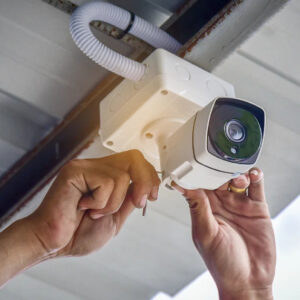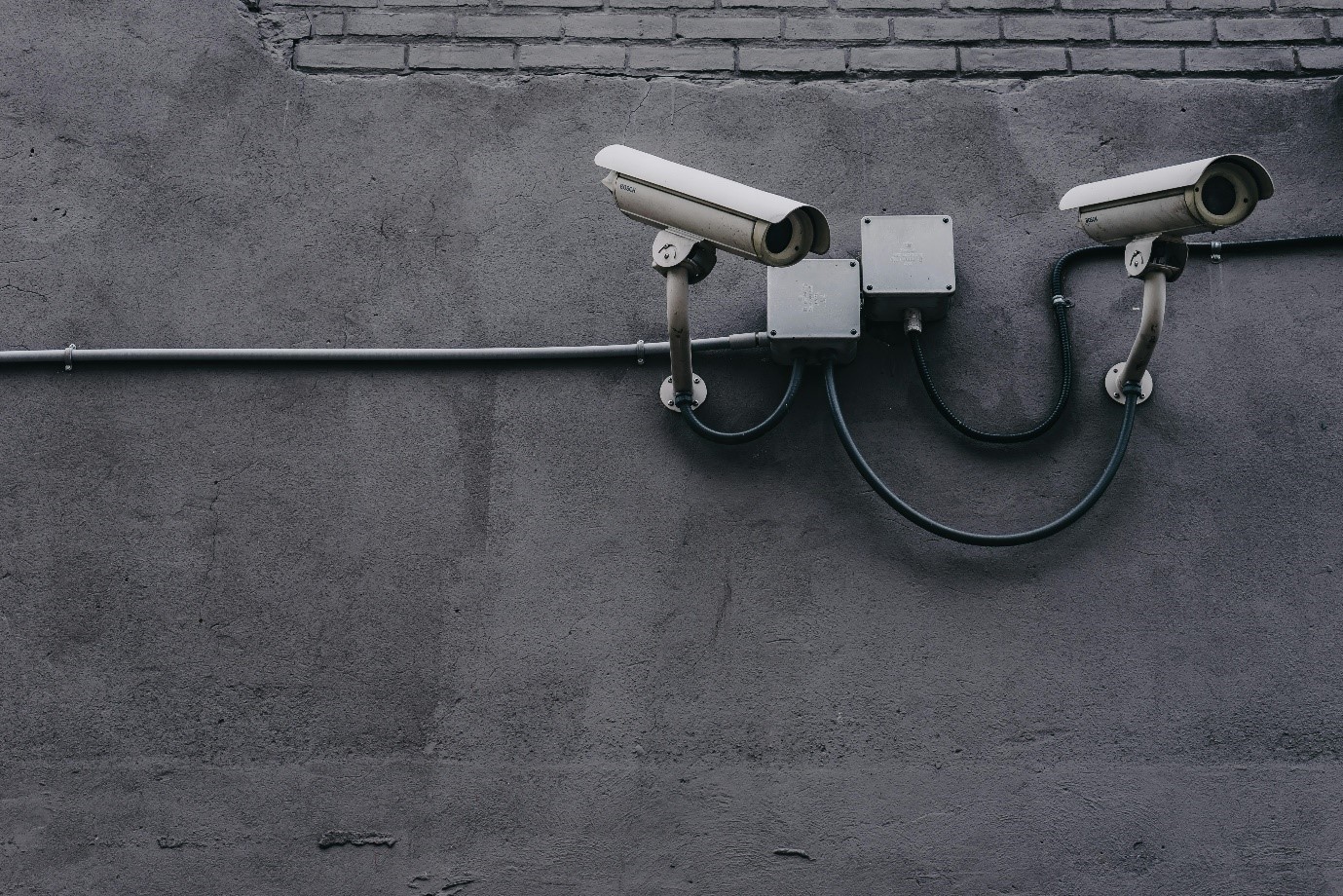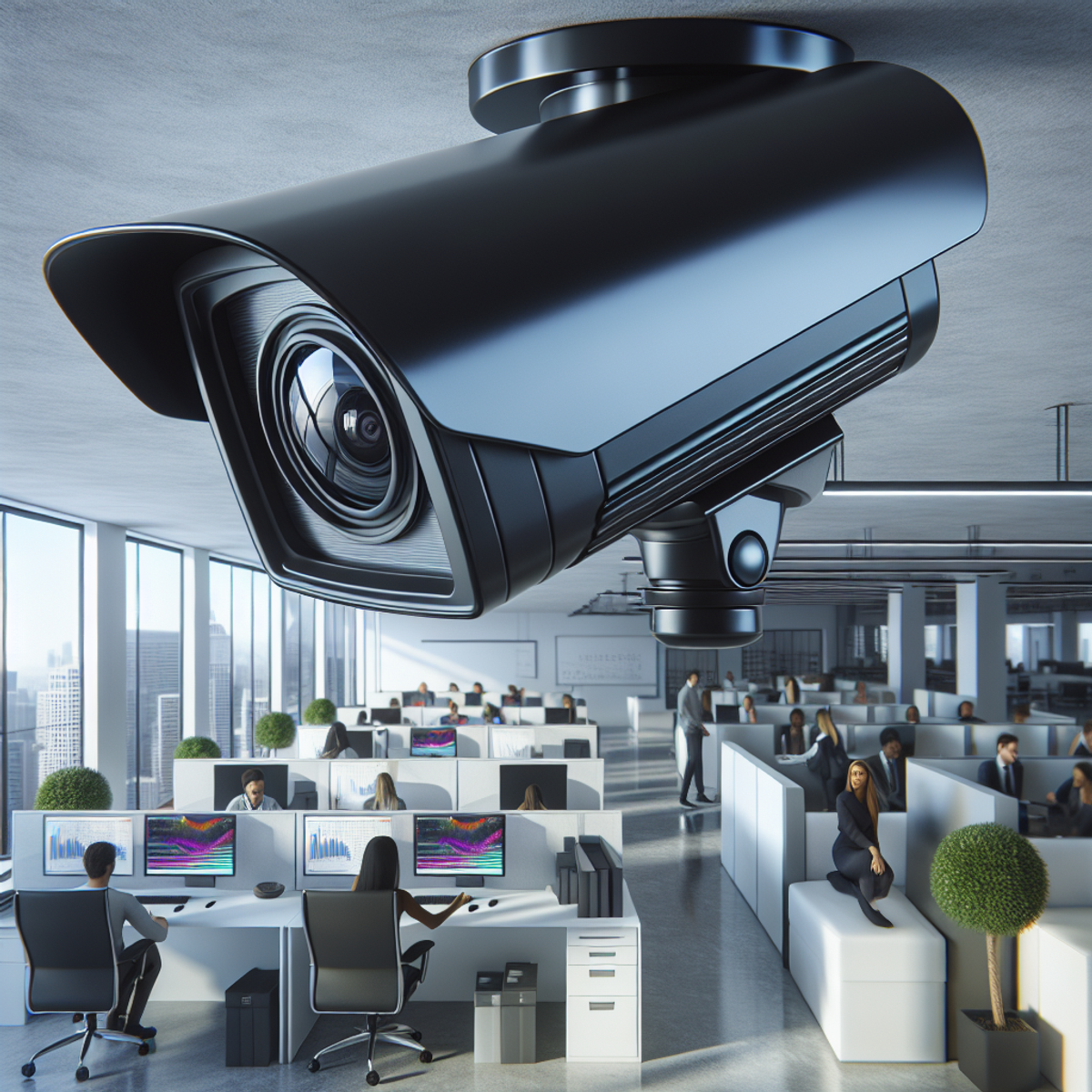Businesses looking to install cameras/camera operators
A Guide to Camera Installation and Training
Installing a camera system can be an intimidating task, especially if you’re not familiar with the technology. Fortunately, there are options available to make the process easier. In this blog post, we’ll discuss how to set up a camera system and what type of training is necessary for proper operation.
Camera Setup Process
The first step in installing a camera system is to determine what type of cameras you need. If you’re looking for a surveillance system, then you’ll want to look into IP cameras or analog cameras. IP cameras are connected directly to your network and offer higher resolution images than analog cameras. Analog cameras require additional equipment such as DVRs (digital video recorders) or NVRs (network video recorders) in order to capture footage. Once you have determined the type of camera system you need, you will need to decide where the cameras should be placed in order to capture the best images possible. This requires some planning as each camera needs a power source and an internet connection if it is an IP camera.
Training for Camera Operators
Once your camera system is installed, it’s time for training! The most important thing that operators need to learn is how to use the software associated with the camera system. Most systems come with their own software that allows operators to control panning, zooming, recording, playback, and other features. Operators should also learn how to access archived footage from the server or cloud storage associated with the system. Additionally, they should understand basic troubleshooting techniques such as resetting a stuck lens or checking cable connections in case something goes wrong with the system during operation. Finally, operators should also know how often they need to check on the camera footage and when they can take breaks so that they do not miss any important events while monitoring the feed.
Camera Installation Basics
The first step in setting up your camera system is to determine where you want each camera to be placed. This will depend on where you want the cameras to be able to “see” – both inside and outside – as well as any blind spots that need to be addressed by additional cameras. Once you have determined the optimal locations for all of your cameras, wiring needs to be installed from each location back to a central point, such as a DVR or NVR. It is also important that power sources are established for each camera location so that they can operate properly. For larger installations, it may be necessary have multiple DVRs or NVRs connected via network cables; however, this should only be done with professional assistance.
Learning How To Use Your Cameras
Once your cameras are installed, it is time for training! In order for you get the most out of your new security system, it is important that you understand how all of its features work together. This includes learning how to access footage from different devices (e.g., computer, smartphone) as well as how navigate menus within the recording device itself (e.g., NVR/DVR). Additionally, you should learn about motion detection settings so that can configure your system appropriately based on activity levels at different times throughout the day or night. Furthermore, if your system has facial recognition capabilities then it will likely require some fine-tuning based on specific user profiles before it can become fully effective in identifying people who enter or leave designated areas monitored by your security system.
The Benefits of Professional Installation Services
One of the biggest advantages to working with a professional camera installation service is that they can help you select the best type of cameras for your needs. There are many different types of cameras on the market, including infrared night vision cameras, dome cameras, bullet cameras, pan-tilt-zoom (PTZ) cameras, hidden cameras, wireless cameras, etc. Each type has its own advantages and disadvantages—professional installers can help you find the ones that are best suited to your business’s unique needs.
Professional installers can also help you determine which areas in your building should be monitored by surveillance systems. They have extensive experience in setting up these systems in commercial settings, so they can offer valuable insight into where to place the cameras for maximum effectiveness. Additionally, they will ensure that all equipment is properly connected and secured so that it works correctly from day one. This saves you time and money in the long run since there will be no delays due to faulty wiring or incorrect connections.
The Importance Of Camera Training
Once your new surveillance system is installed, it’s essential that you receive proper training on how to use it correctly. A professional camera training session will teach you how to operate each type of camera so that you get maximum value out of them. You’ll learn how to properly adjust settings such as exposure levels and color balance to get clear video images even in low light conditions or when dealing with obstacles such as rain or snowfall. This knowledge will be invaluable if something goes wrong with your system—you’ll know exactly how to troubleshoot any problems quickly without needing outside help. Additionally, it will ensure that all staff members who use the system are comfortable with its operation so there won’t be any unnecessary delays or confusion when something needs attention immediately.
Conclusion
Installing and operating a camera system requires knowledge of both hardware setup and software operation. It is important for businesses wishing to install such systems understand all aspects of setting up their new security measure and training those who will be monitoring it on daily basis. With careful planning upfront coupled with proper training afterwards can ensure that any organization will get maximum benefits from their investment in CCTV technology. With all these considerations taken into account businesses can ensure their security measures are operating as intended providing them peace of mind knowing their premises are secure from threats both seen and unseen alike!





